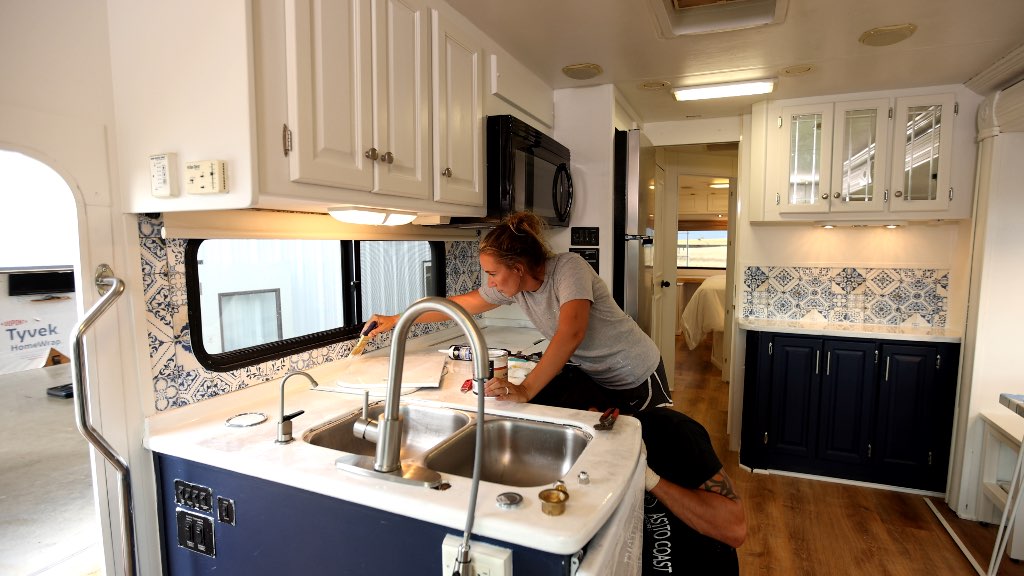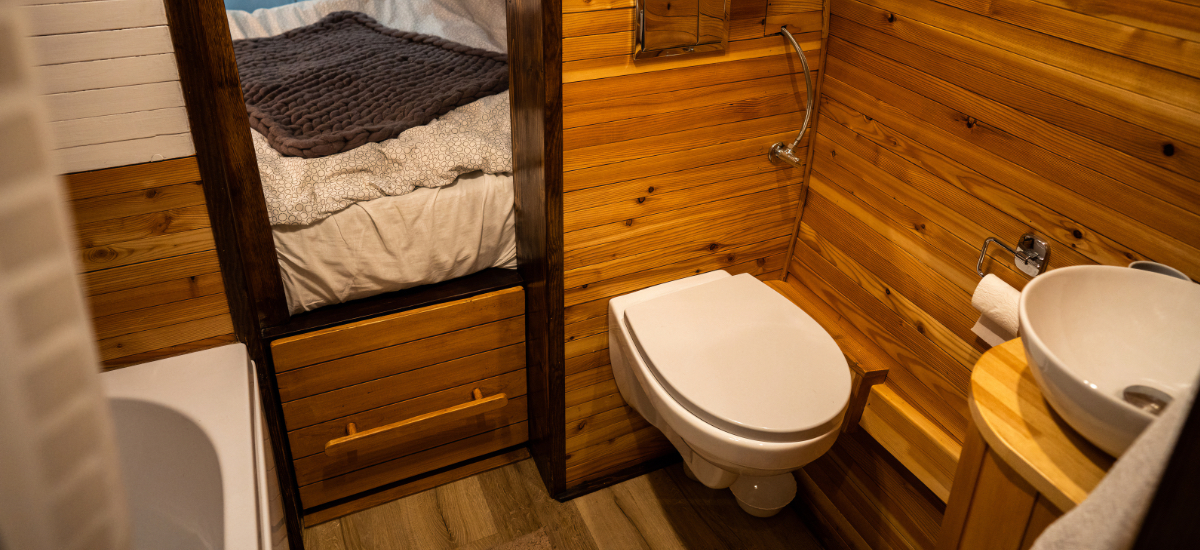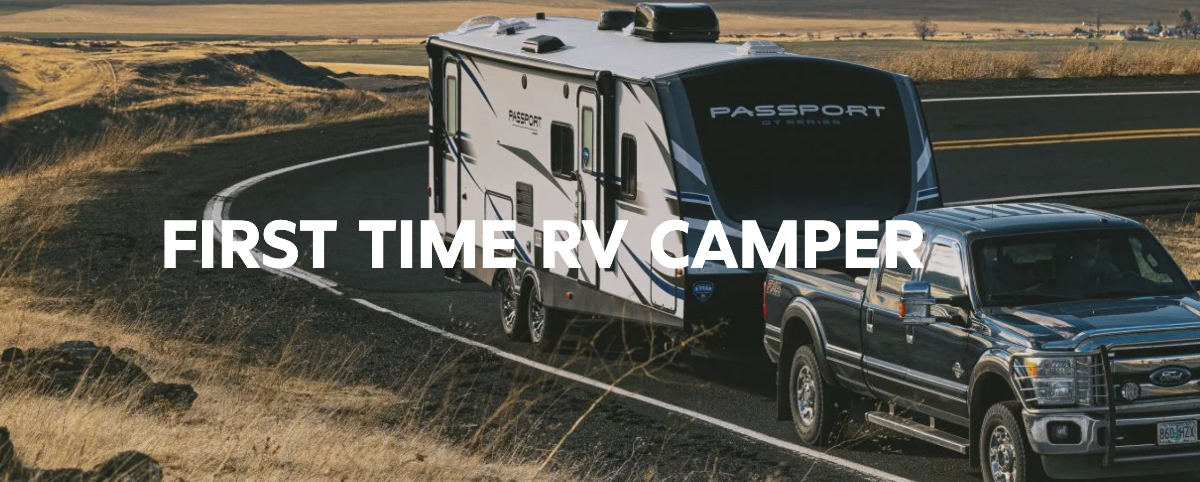How to Stay Warm All Season Long
Keep You and Your Rig Cozy and Warm While Winter Camping
Image Caption: Snowy Winter RV camping (Image from Adobe Stock)
RVing is a wonderful way to see America for less, and while most RVers travel during the warmer months, there are a lot of benefits to exploring during the off-season, when the weather begins to cool and campsites and RV parks are less crowded.
Winter camping is a totally different way to experience some of your favorite destinations—and to discover new ones. Maybe you’ve always wanted to try cross-country skiing or hiking through the woods with the snow crunching beneath your boots; RVing makes this and more possible. But first, let’s discuss what you need to look into before embarking on a cold-weather campout.
Inner Warmth
Not that long ago, the only heat source inside the RV was a propane-fired furnace similar to the one in most homes. Today, however, there are more choices, such as electrically heated mats that go underneath the floor covering (usually tile) and hydronic heating systems that use hot water routed to radiators inside the living space to provide gentle warmth. In any case, most RVs still use propane for heat, so make sure you start your journey with a full supply.
On the other hand, if you plan to stay only at campsites or RV parks with electrical connections, you can use one or more portable household electric heaters (just make sure they have tip-over protection for safety) to keep your space(s) warm. If your RV didn’t come prepped with a winter package, it probably does not have dual-pane windows, which do a better job of holding the heat inside. In such cases, many RVers make their own insulated covers for their RV windows, and there are ready-made insulated pads to fit into skylights and vents, all of which can help prevent heat from escaping. And, of course, bring lots of blankets of varying thickness, material, and fun seasonal colors. Layering several blankets does the best job of keeping you warm and cozy.
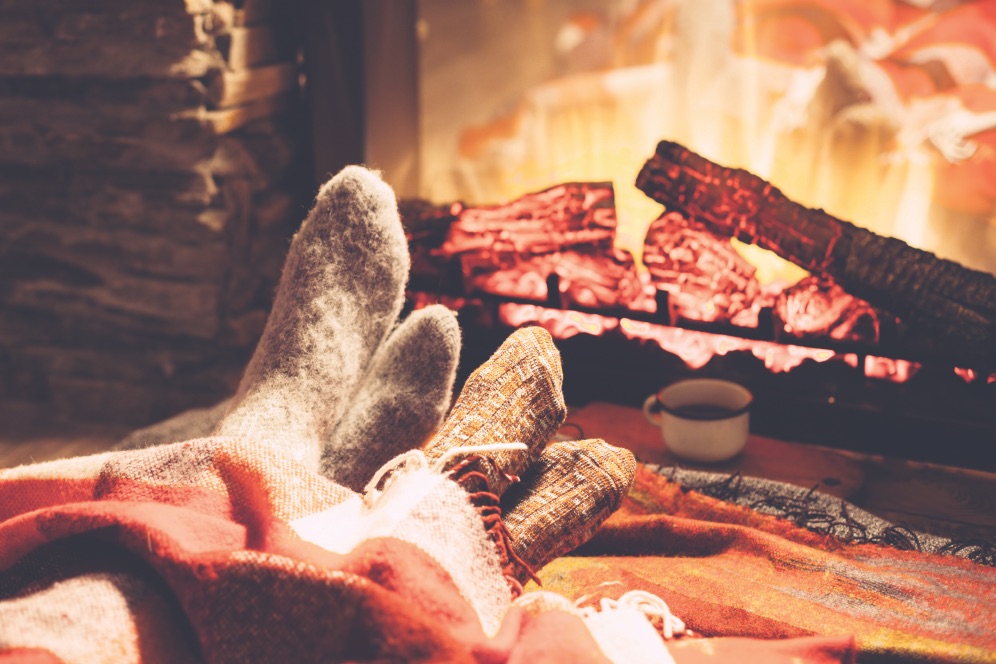
At the end of a chilly day, nothing beats relaxing by the fire. (image from Adobe Stock)
Your RV Needs Heat, Too
Like your home, most of your RV’s plumbing is located in the walls, but unlike your home, some of it may be exposed to the elements and therefore can freeze if the temperature gets too cold. That can result in icy holding tanks, sticky valves, or even broken pipes. Yikes!
Some RVs come with winter or “four-season” packages (which include heated and/or enclosed holding tanks, extra insulation, etc.) to make winter camping more comfortable, and if you purchased your RV new, you may have already selected one of these packages. If not, cold camping is still totally doable. Keeping the holding tanks, exterior pipes, and gate valve (where you dump the holding tanks) warm will prevent them from freezing; there are stick-on heating pads available for this purpose.
Powerful Choices
You’ll need a continuous power supply while camping in the cold to stay comfortable and to keep your rig functioning properly. RVs typically have two electrical sources: battery power (12 volts DC) and power from the campground or generator (120 volts AC). In most RVs, interior/exterior lighting, heating fans, and other simple devices run on 12-volt DC power.
If you’ll be camping away from an electrical connection (aka shore power), you’ll need a way to keep the 12-volt batteries charged, such as a solar panel or generator. The 120-volt AC system runs all the appliances, air conditioning, and anything you might plug into a power outlet, like a coffeemaker or hair dryer.
A Worthy Investment
Camping in the winter brings with it a few requirements but also amazing rewards. Nearly every region of our country offers opportunity for unforgettable experiences, from hiking the Sierra Nevada of California to skiing in Colorado to ice fishing in Minnesota or snowmobiling in the Finger Lakes region of New York state. It’s yours to discover, and all you need is a little extra preparation and the spirit of adventure. Why wait until spring?
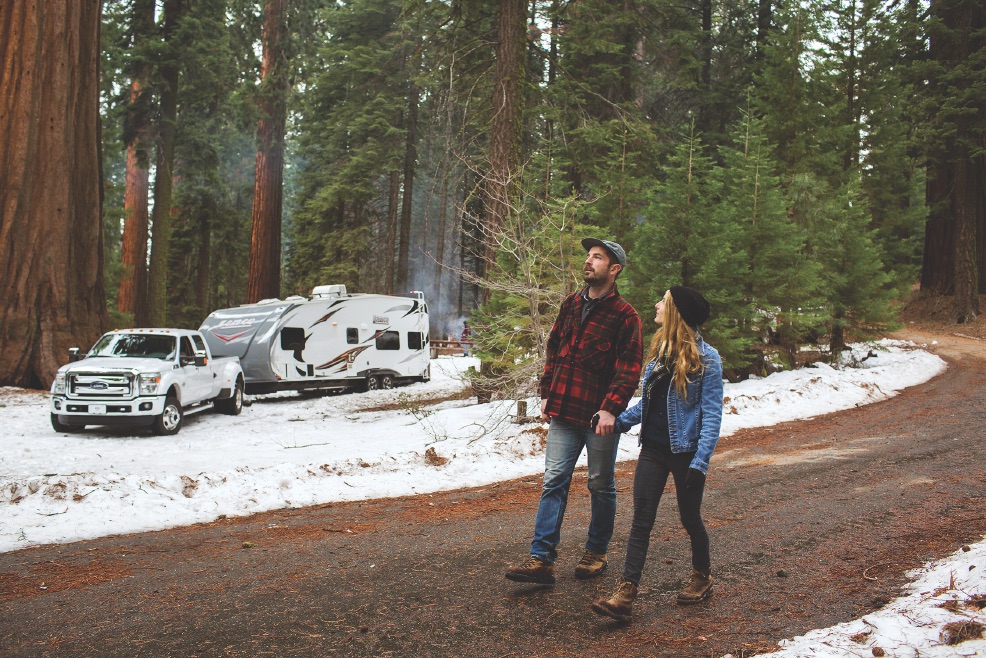
It’s always fun to explore, even when it’s cold outside. (image from Go RVing)
Winter RVing Must-Haves
Don’t overlook everyday items that will make your trip convenient and comfortable. With these things in hand, you can enjoy a worry-free winter wonderland!
• Shoe/boot cleaning brush
• Large doormat for wet shoes
• Place to hang wet outdoor gear (add hooks in the shower, for example)
• Large snow brush
• Extendable wash brush to remove snow from roof
• Plastic snow shovel Propane-powered fire pit
• Extra towels to soak up moisture on the floor and windows
• Indoor/outdoor thermometer
• Delicious hot cocoa at the ready
Ways to Stay Safe: Seven Easy Steps
When using your RV during the winter, you’ll probably be indoors more often than usual so these safety checks are recommended.
Before your trip
• Schedule an appointment at your local RV center or dealer to have the propane system checked for leaks.
• Test the emergency exit(s) and make sure everyone knows how to use them.
• Bring along snow chains or cables for your motorhome or tow vehicle and trailer, and make sure you know how to put them on.
• Test the propane and carbon monoxide alarms to make sure they are working and are not out of date. If they are battery-operated, replace the batteries.
• Make sure your RV’s fire extinguisher is charged and ready.
During your trip
• Check propane and carbon monoxide alarms at least weekly.
• Make sure all exhaust vents on appliances, the engine, and generator are kept open and free from snow and ice.
Pro Tip
When it’s cold outside and the inside of your RV is warm, condensation can form on the windows, the ceiling, and even the walls, especially after a hot shower or washing dishes, for example. Fortunately, it’s easy to control by simply opening a roof vent, window(s), or both for a few minutes to let the moist air out.


